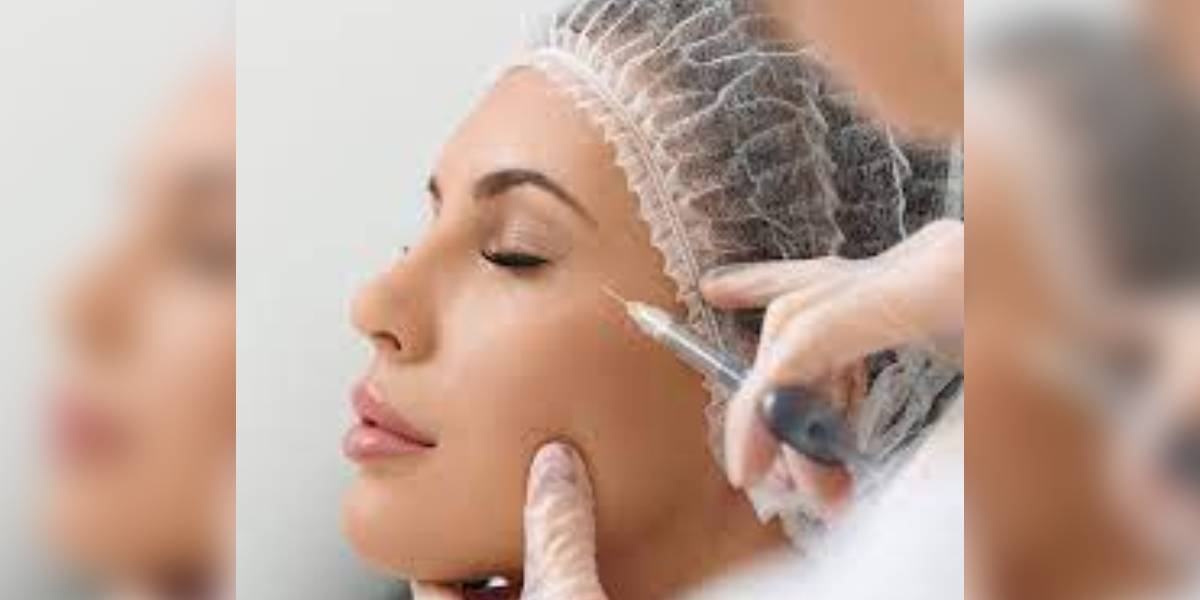Diet may aggravate or trigger acne at times, a complex condition that results from multiple factors when there is excess sebum production.
Published Oct 05, 2024 | 7:00 AM ⚊ Updated Oct 07, 2024 | 10:14 AM

Representative image
Acne, also referred to as acne vulgaris, is a skin condition caused by the clogging of hair follicles by dead skin cells or oil. It is common in teenagers and young adults but affects even adults 25 and above. It is the eighth most common disease, with a global incidence of 9.4 percent.
It could leave red and black marks which are difficult to treat, and some people also find the condition painful. Here are some answers to frequently asked questions about acne.
Acne is a complex condition, resulting from multiple factors. Diet may aggravate or trigger acne, but it is not the only cause. The condition occurs when there is excess sebum production. Sebum is the oily, waxy substance produced by the body’s sebaceous glands.
The highest concentration of these glands is in the face and scalp. Sebum comprises sugars, fatty acids and natural chemicals that form a protective barrier over the skin and prevent water evaporation. When produced in excess, sebum – coupled with micro-inflammation – may offer an environment in which, cutibacterium acne can thrive.
In 1981, David J Jenkins introduced the term glycemic index (GI) to indicate how quickly the body absorbs carbohydrates. Pure glucose was arbitrarily given the value of 100, indicating the rise in blood glucose level two hours after eating the food.
The GI is a 1-100 scoring system used to determine how quickly carbohydrate content is digested, absorbed, and metabolised. A Western diet characterised by increased dairy intake and high GI content, it has been shown to affect the levels of hormones implicated in acne pathogenesis.
In multiple clinical trials, high-GI diets (>55) have been associated with worse glycemic control, higher postprandial insulin levels, and elevated insulin-like growth factor 1 (IGF-1) levels, whereas low-GI diets have been shown to decrease fasting IGF-1 concentrations.
In a notable study, the members of two South American indigenous peoples, the Kitavans of Papua New Guinea and the Aché of Paraguay who consume low-GI diets consisting of fish, wild game, tubers, and foraged foods, and consumed almost no dairy, alcohol, coffee, tea, oils, sugar, and salt were found to have very less acne both in adolescents and adults.
Interestingly, genetically similar Pacific Islanders and South American Indians who have adopted a more Westernised lifestyle have much higher incidences of acne. Similar trends were observed among other peoples, such as Okinawans and the Inuit, in whom the acne prevalence increased after they adapted a Western lifestyle.
Casein is a milk protein that is slow-digesting and aids muscle growth while helping reduce hunger. It increases insulin growth factor in some people and found to impact those who consume western diets. When adults have acne, it is best to reduce consumption of milk and dairy products.
Omega-3 and Omega-6 fatty acids are both necessary for the body, with Omega-3 fatty acids being anti-inflammatory and important for brain health, while Omega-6 fatty acids are pro-inflammatory and vital to healthy immune response.
It is important to maintain a healthy balance between the two. While sunflower, corn oil and vegetable oils are rich in Omega-6 fatty acids, Omega-3 fatty acids are found in fish oil, flaxseeds and walnuts.
Fatty acids are an important component of skin surface lipids, and also used as raw material in cosmetics. Sebum quality could be affected by the intake of these fatty acids.
There is a long way to go before a conclusive relationship can be established between food and acne. Epidemiologic and interventional studies involving diet are difficult to conduct, and dietary records and self-reporting are subject to substantial biases. Strict dietary adherence in interventional trials is also difficult to achieve.
(Dr Divya Sharma is a Senior Dermatologist with more than 16 years of clinical experience. Edited by Rosamma Thomas)
